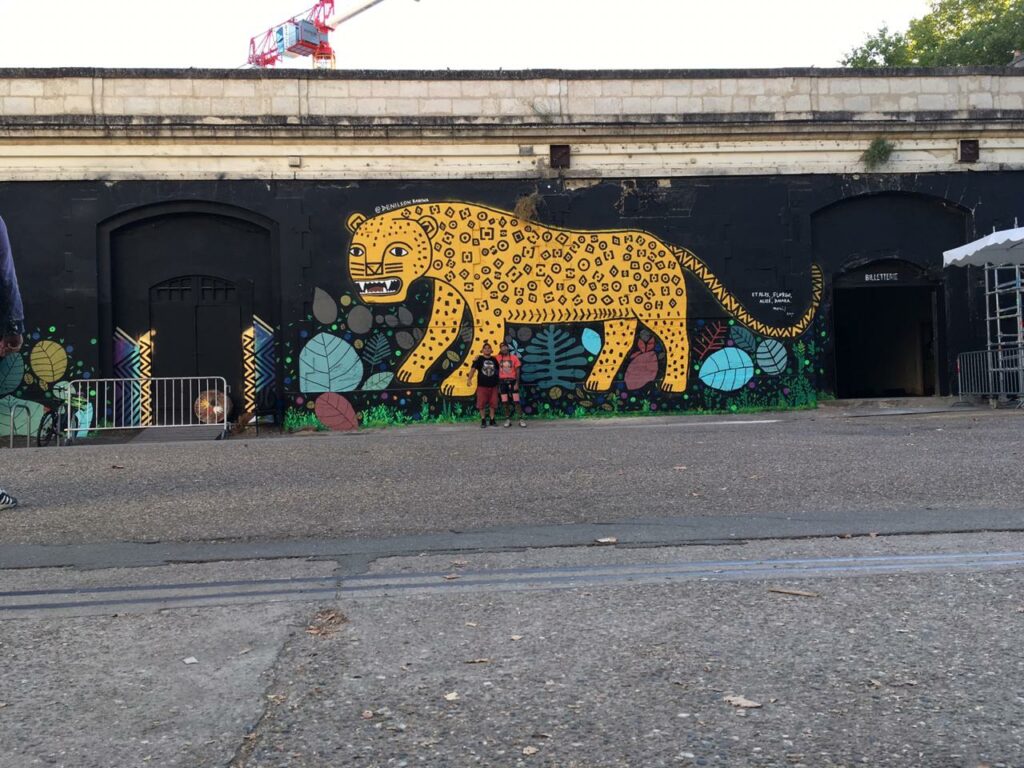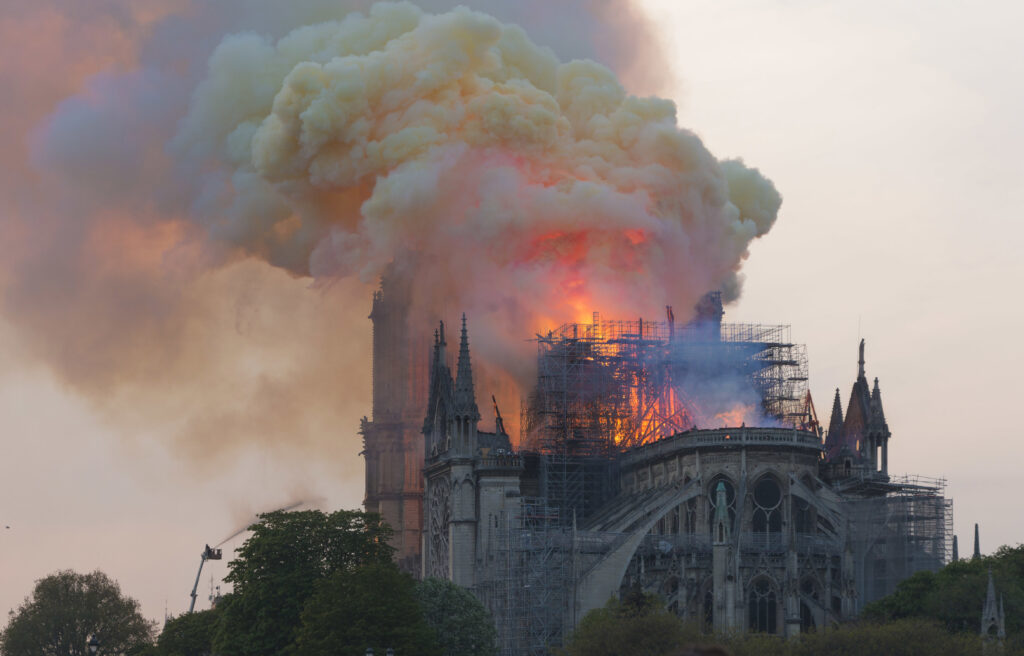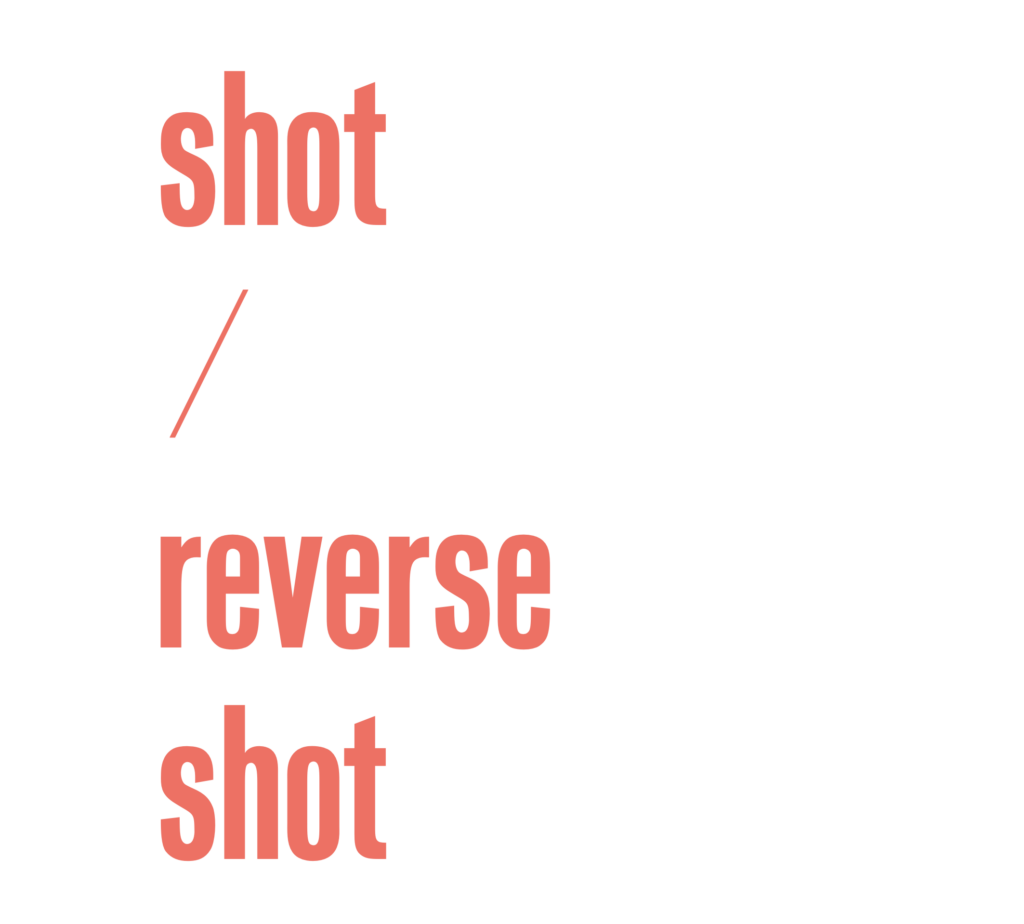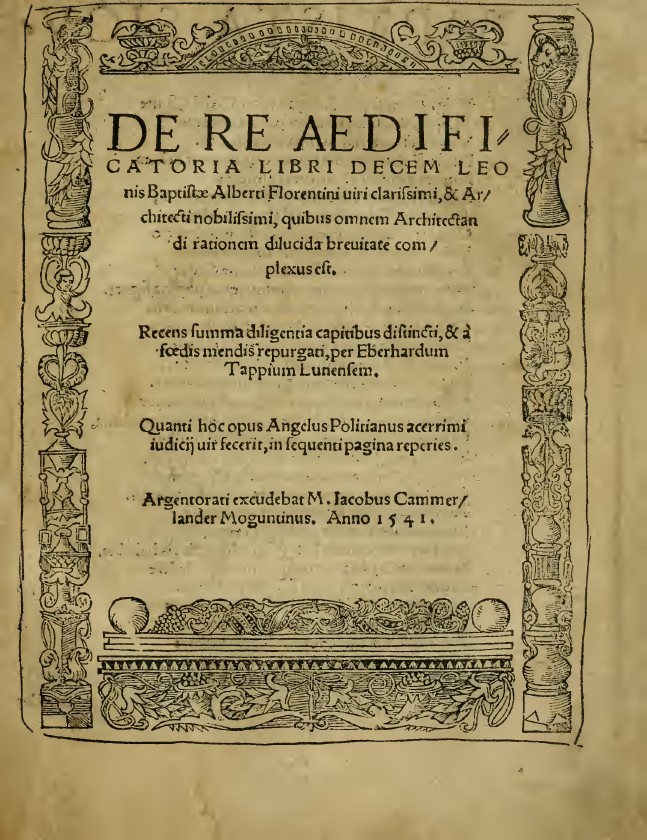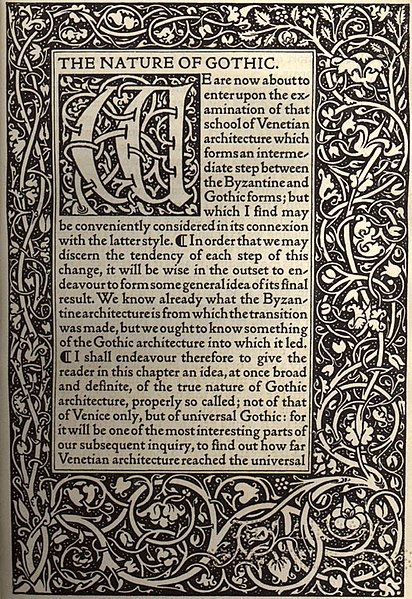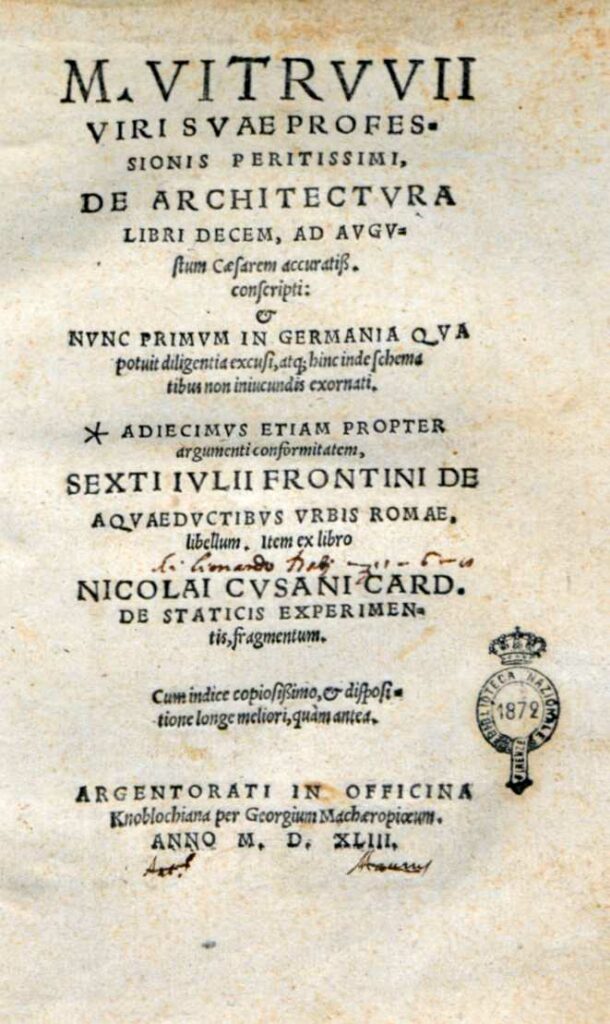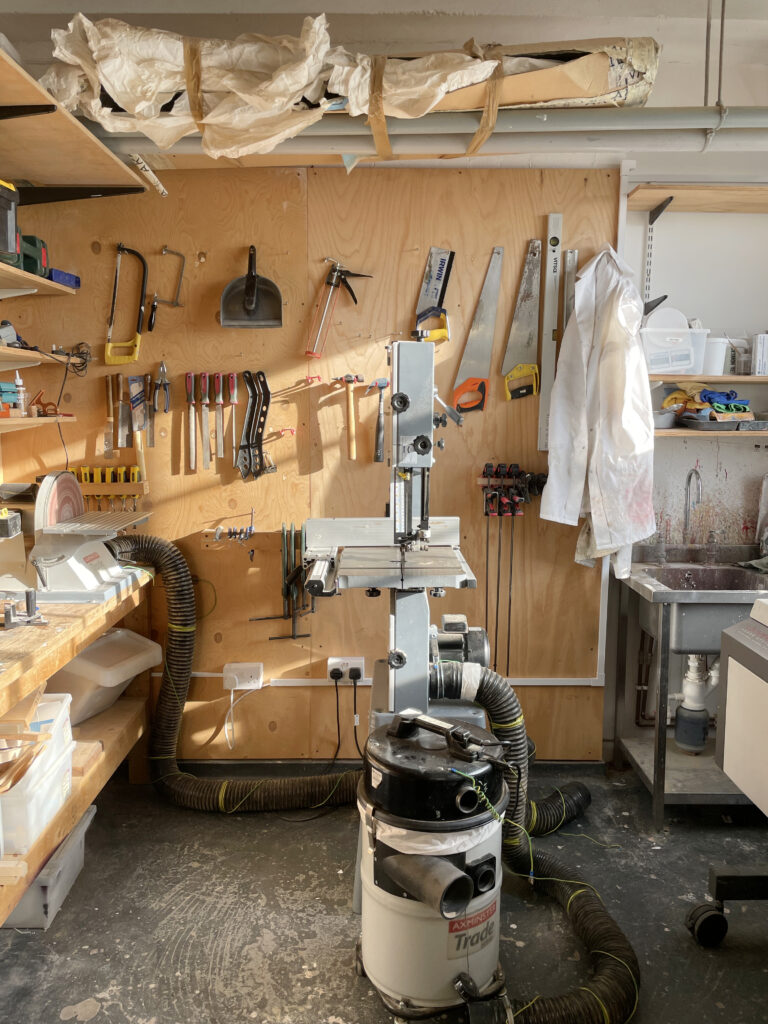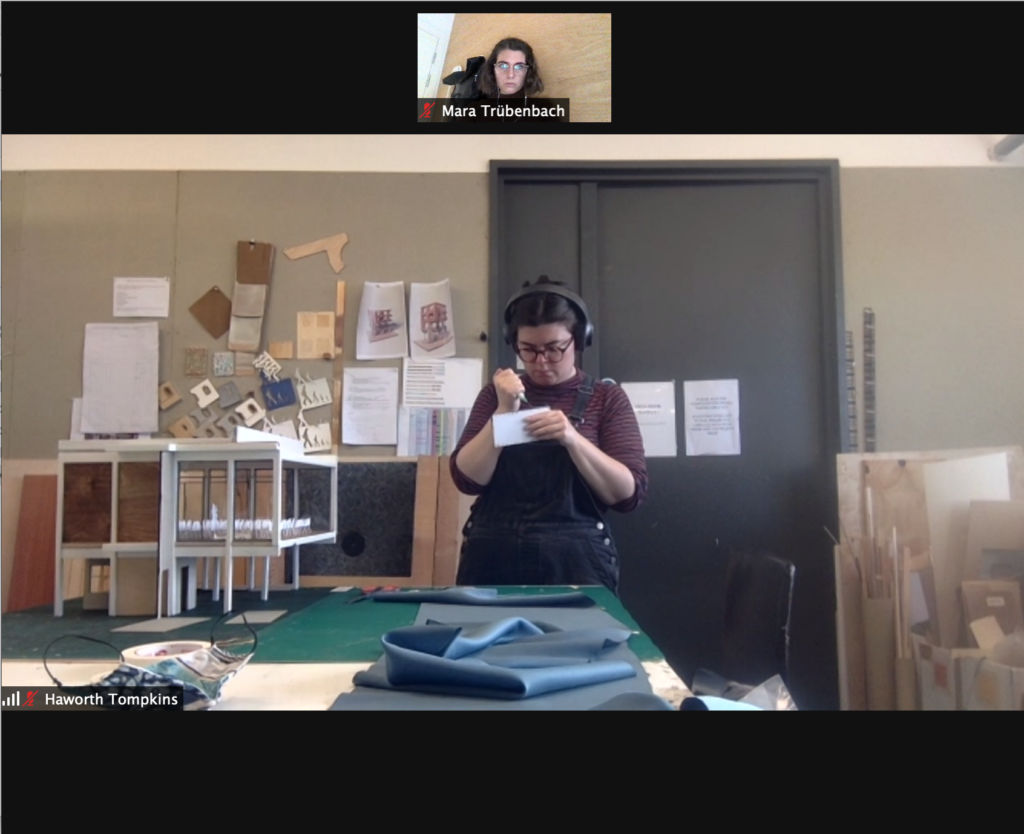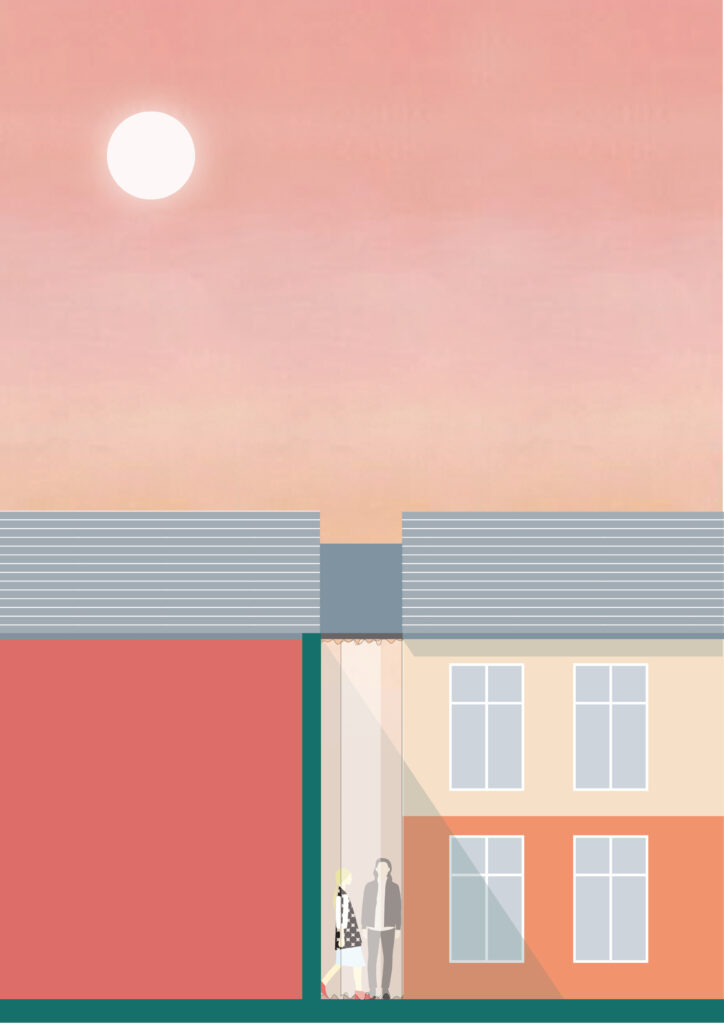Conference Paper
Open Access Publication
Everyday Practice As Paradigm To Study Architectural Contemporary Codes
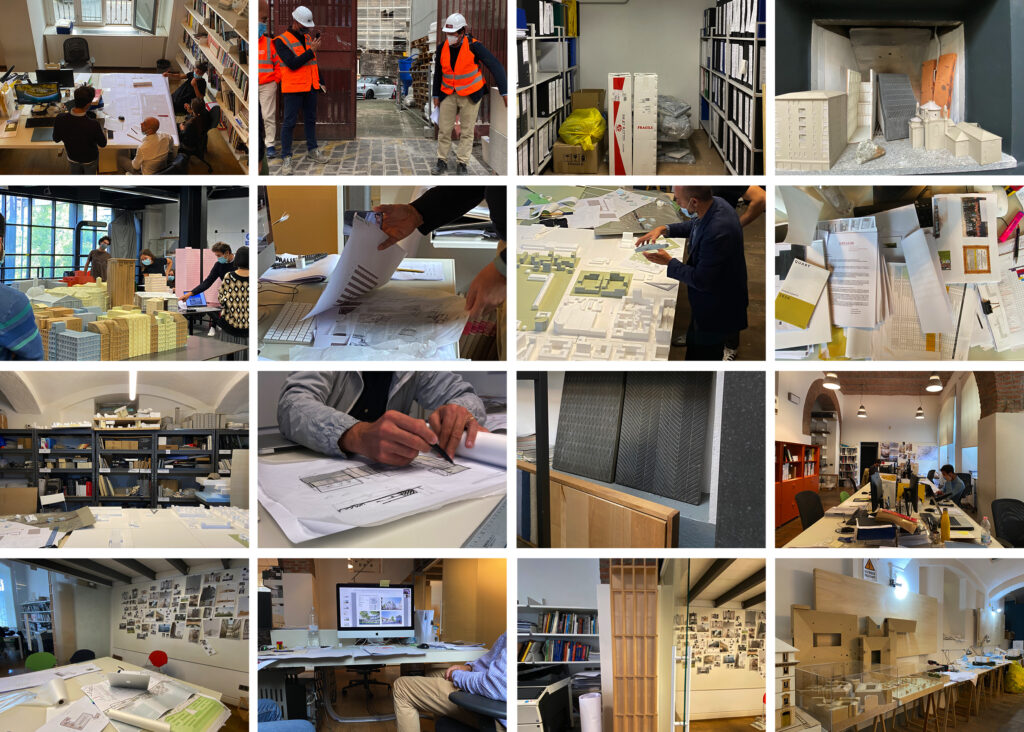
© Claudia Mainardi
Claudia Mainardi's contribution presented at the CA2RE Delft conference has been a significant opportunity to discuss her doctoral research that, dealing with the present history, proposes an empirical approach: without aiming to achieve a definitive response, yet disentangling processes while being formed.
Claudia Mainardi
Conference Paper
Open Access Publication
March 2, 2023
View
Everyday Practice As Paradigm To Study Architectural Contemporary Codes
Claudia Mainardi

© Claudia Mainardi

© Claudia Mainardi
Claudia Mainardi's contribution presented at the CA2RE Delft conference has been a significant opportunity to discuss her doctoral research that, dealing with the present history, proposes an empirical approach: without aiming to achieve a definitive response, yet disentangling processes while being formed.




